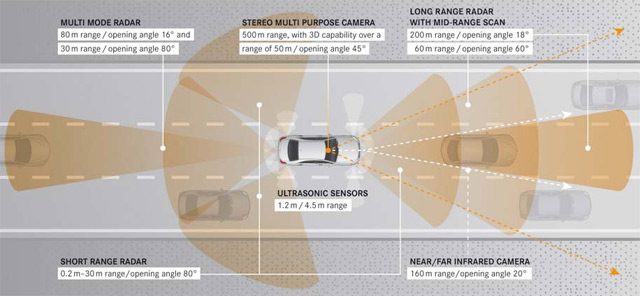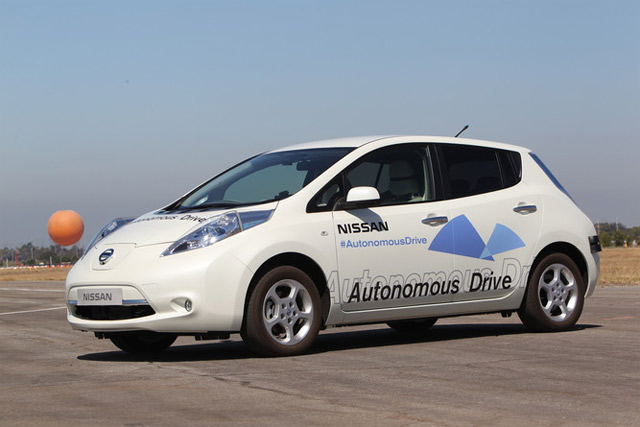90% of drivers are ready to buy an unmanned vehicle
 A survey conducted on the site CarInsurance.com, refutes the widespread view that many drivers have a negative attitude to robots-cars and will never agree to release the steering wheel. In fact, these "fans" no more than 10%. The remaining 90% said they were ready to buy an unmanned vehicle, if this insurance would be five times cheaper.
A survey conducted on the site CarInsurance.com, refutes the widespread view that many drivers have a negative attitude to robots-cars and will never agree to release the steering wheel. In fact, these "fans" no more than 10%. The remaining 90% said they were ready to buy an unmanned vehicle, if this insurance would be five times cheaper.Here the question is not only in insurance, but in general in the economic advantages that automatic machine control promises. Even without saving on insurance, the driver saves on gasoline due to more rational acceleration / deceleration and a neat robot driving style, saves on spare parts due to reduced wear and tear on parts (for the same reasons). In the end, the banal savings on the purchase of a second car for a spouse or child, because one car can dissolve everyone in turn, on their own returning home.
Money changes the opinion of almost every "enemy" of unmanned vehicles.
The survey showed that the greatest obstacle for unmanned vehicles - the skepticism of drivers about the possibilities of technology. 64% of drivers do not believe that a computer program is able to drive a car just like a person, and 75% said that they personally know how to drive better than any program. Here, the results resemble a well-known poll, in which 90% of respondents are sure that their IQ is above average, although this cannot be by definition.
')
At the same time, drivers realize that automatic control elements are already built into many modern cars: anti-lock brakes, electronic stabilization systems, cruise control, automatic parking, etc.
In addition to money, there are other factors that can push drivers to transfer to a self-driving car. For example, the allocation of a separate strip for autonomous machines with a reduction in travel time by 50%.
The ability to send a car to the supermarket for shopping so that she can pick you up from work on the way back is also a very convenient thing. When distributing unmanned vehicles, drive-in departments will probably appear in the stores, where they will fill the trunk of cars with products on the list.
When asked what the drivers will do when they have more free time behind the wheel of an unmanned vehicle, the answers are as follows:
- Exchange messages, talking with friends: 26%
- Other: 21%
- Read: 21%
- Sleep: 10%
- Watch a movie: 8%
- Play games: 7%
- Work: 7%
In the “Other” category, the answers were divided between the dreamers (“Look at the road”, “Hold on to life”) and those who like rest (“Enjoy the scenery”).
In the coming years, more and more automatic controls will appear. For example, in the Mercedes S-class of the latest model, there is a new “Stop & Go Pilot” system, which takes control in a traffic jam, where you need to keep your distance and periodically get off the ground by a couple of meters. As soon as the speed exceeds 10 km / h, the driver should return behind the wheel. A long-range radar is installed in the Mercedes radiator grille, and two short-range radars are installed in the front and rear bumpers. Plus 12 ultrasonic sensors, four cameras around the perimeter, an infrared camera and a 3D camera.

Mercedes S-Class Sensor Coverage
In the future, such an arsenal of sensors will be in every budget car: the cost of electronics is not as high as compared to other components.
Nissan promises to release fully autonomous cars by the end of the decade.

Self-Driving Nissan Leaf Testing
Source: https://habr.com/ru/post/201238/
All Articles